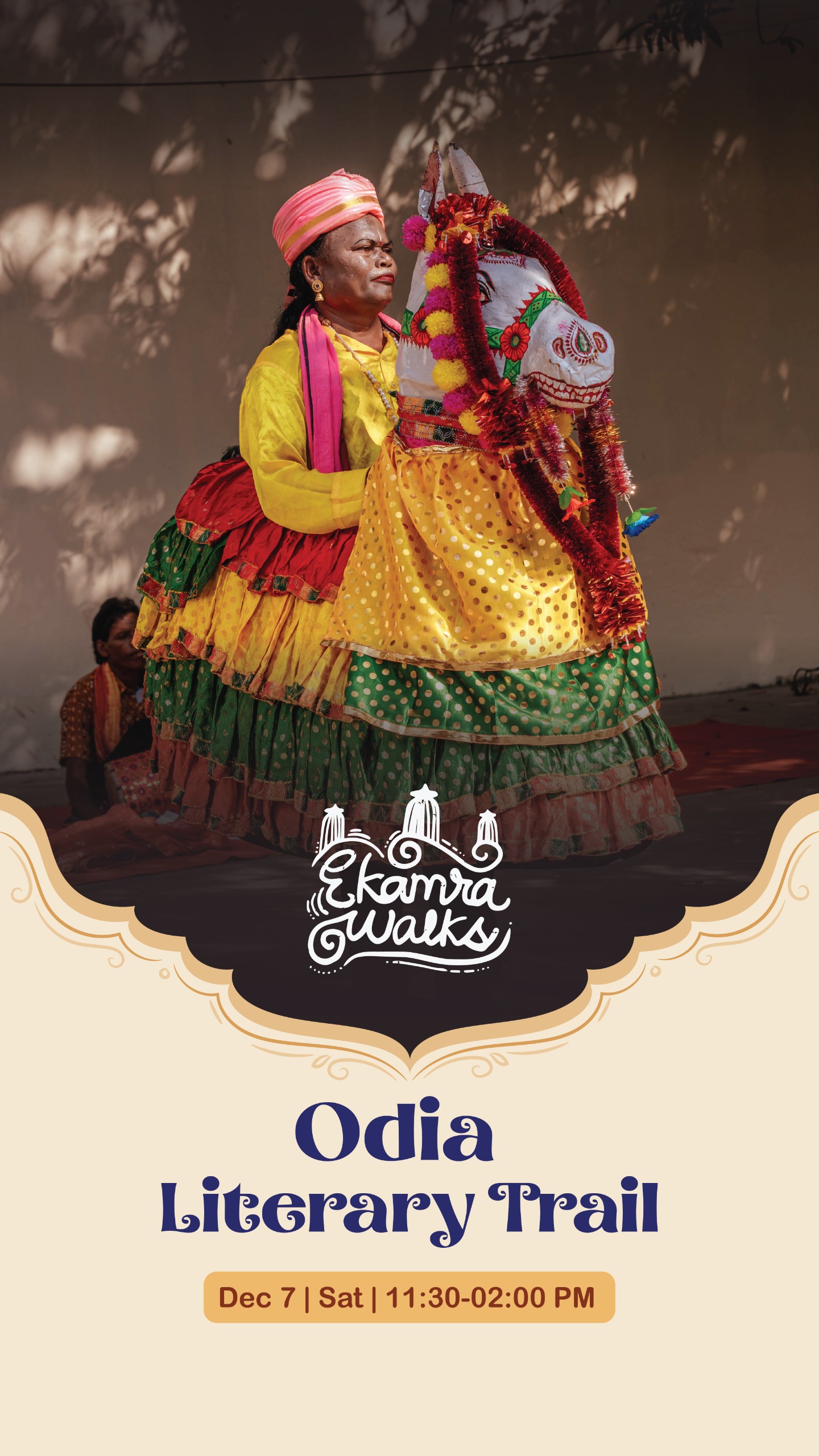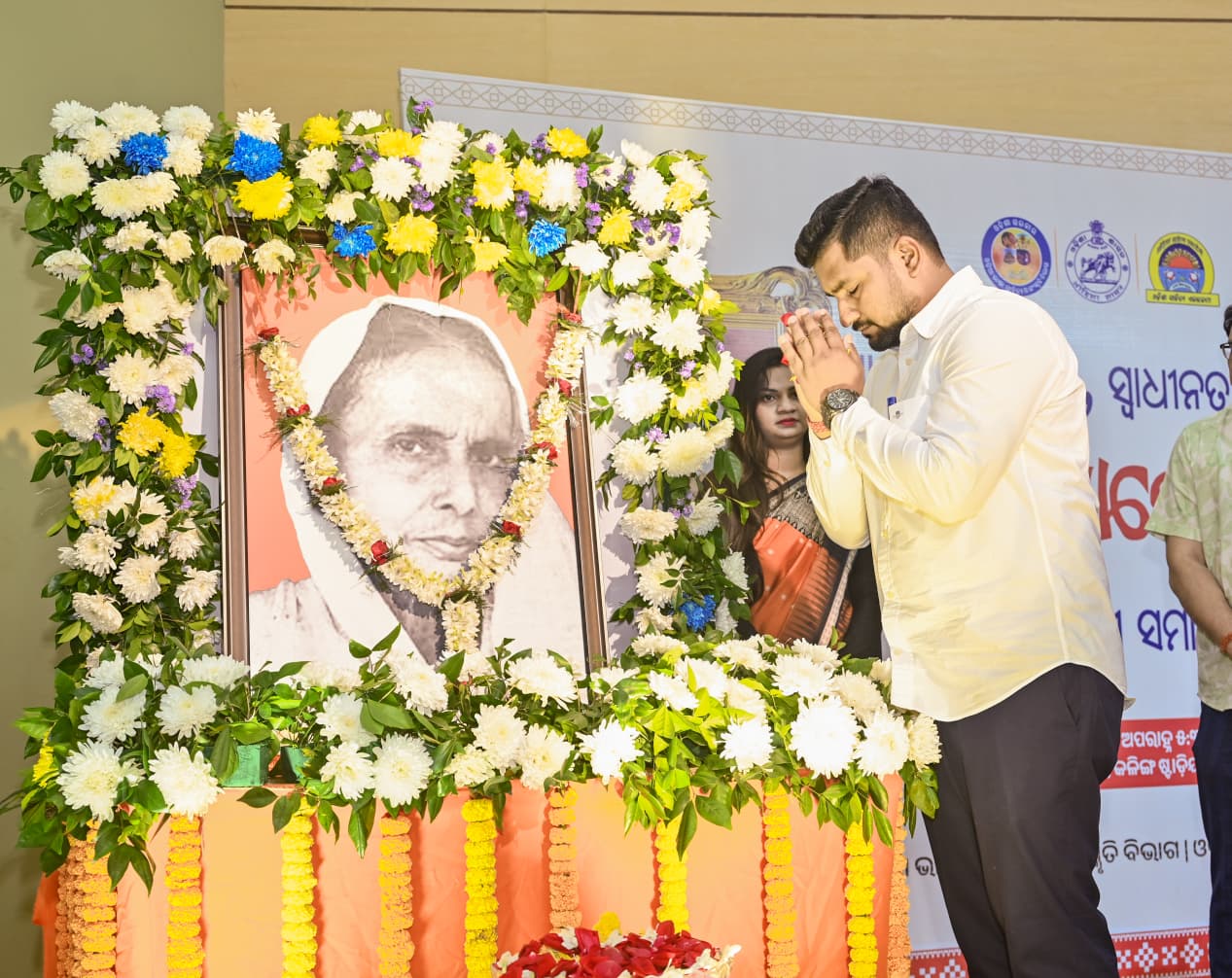New Delhi/Bhubaneswar: The cruelty-free and chemical dye-free ‘Karuna Silk’ from Odisha has become a major attraction at the ongoing India International Trade Fair (IITF) in New Delhi. Promoted by the Handlooms, Textiles & Handicrafts Department of Odisha, this innovative silk variant is redefining sustainable and ethical textile production.
Visitors to the ‘Odisha Mandap’ at Bharat Mandapam are witnessing live demonstrations of the unique production process of ‘Karuna Silk,’ showcasing its journey from silkworm cultivation to weaving. The silk is featured in an array of products, including sarees, modern jackets, and other fabric materials, available for purchase at the state-run ‘Amlan’ outlet under the Directorate of Textiles.
Weavers from Odisha’s Gopalpur region in Jajpur district have drawn significant attention, demonstrating traditional weaving techniques of this eco-friendly silk.
“I learned about Odisha’s ‘Karuna Silk’ for the first time at the trade fair. The idea of producing silk without harming silkworms and avoiding chemical dyes is both innovative and inspiring,” said Udit Jain, a visitor from Delhi.
The production process of ‘Karuna Silk’ embodies compassion, as reflected in its name—‘Karuna,’ meaning compassion in Odia. Unlike traditional silk production, which involves boiling cocoons with live silkworms inside, this method allows silkworms to mature into butterflies before their empty cocoons are harvested for silk.
Experts note that producing a single mulberry silk saree traditionally requires between 10,000 to 20,000 cocoons, while tassar silk sarees require around 5,000 to 7,000 cocoons—resulting in the loss of an equivalent number of silkworm lives. In contrast, ‘Karuna Silk’ eliminates this harm, offering a humane alternative.
“The ‘Karuna Silk’ showcased at the Odisha pavilion is remarkable, combining ethics with sustainability. This cruelty-free approach is a model for the future of textile production,” said Anant Ojha, an Odisha native residing in Delhi.
The government has also introduced ‘Karuna Silk’ for the sacred ‘Khandua Patta’ fabric used at Shree Jagannath Temple in Puri. Produced in Khorda’s Rautapada region, this silk is adorned with verses from the Geeta Govinda, blending tradition with innovation.
Odisha, a prominent silk producer, cultivates four types of silk—Eri, Mulberry, Tassar, and Muga—across 22 districts. While ‘Karuna Silk’ initially relied on Eri silkworms, the method now extends to all four silk varieties.
Previously, artificial dyes were used to color ‘Karuna Silk.’ However, the current variant preserves the natural hues of silk fibers, promoting a chemical-free production process. The Directorate of Textiles is exploring the use of natural dyes from mango and jackfruit bark, marigold flowers, and kumkum plants to create vibrant yet eco-friendly fabrics.
The innovative practices of ‘Karuna Silk’ are fostering sustainable livelihoods for thousands of silk farmers while addressing global demand for cruelty-free textiles.
Visitors can explore and purchase ‘Karuna Silk’ products at the Odisha pavilion at IITF 2024 until November 27.





